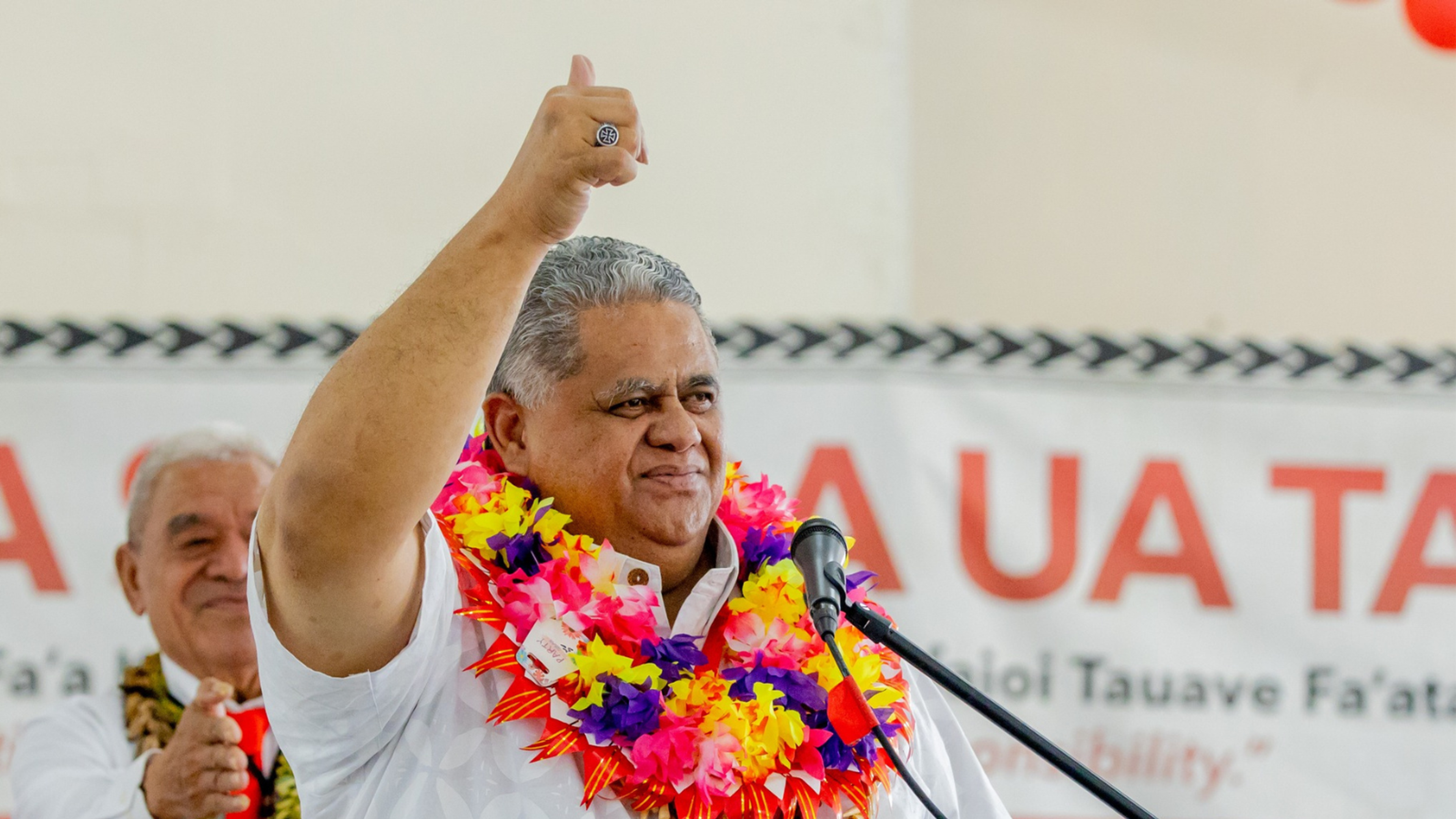

Daniel Chrisp speaks at the Family Forum beside the cemetery chapel, as Mayor Anita Baker and whānau gather to honour 1,800 patients buried in unmarked graves.
Photo/Friends of Porirua Cemetery Facebook
Pacific leaders demand respectful involvement in memorial service for unmarked graves
They say that true healing includes not just names, but also the integration of language, prayer, and community traditions.


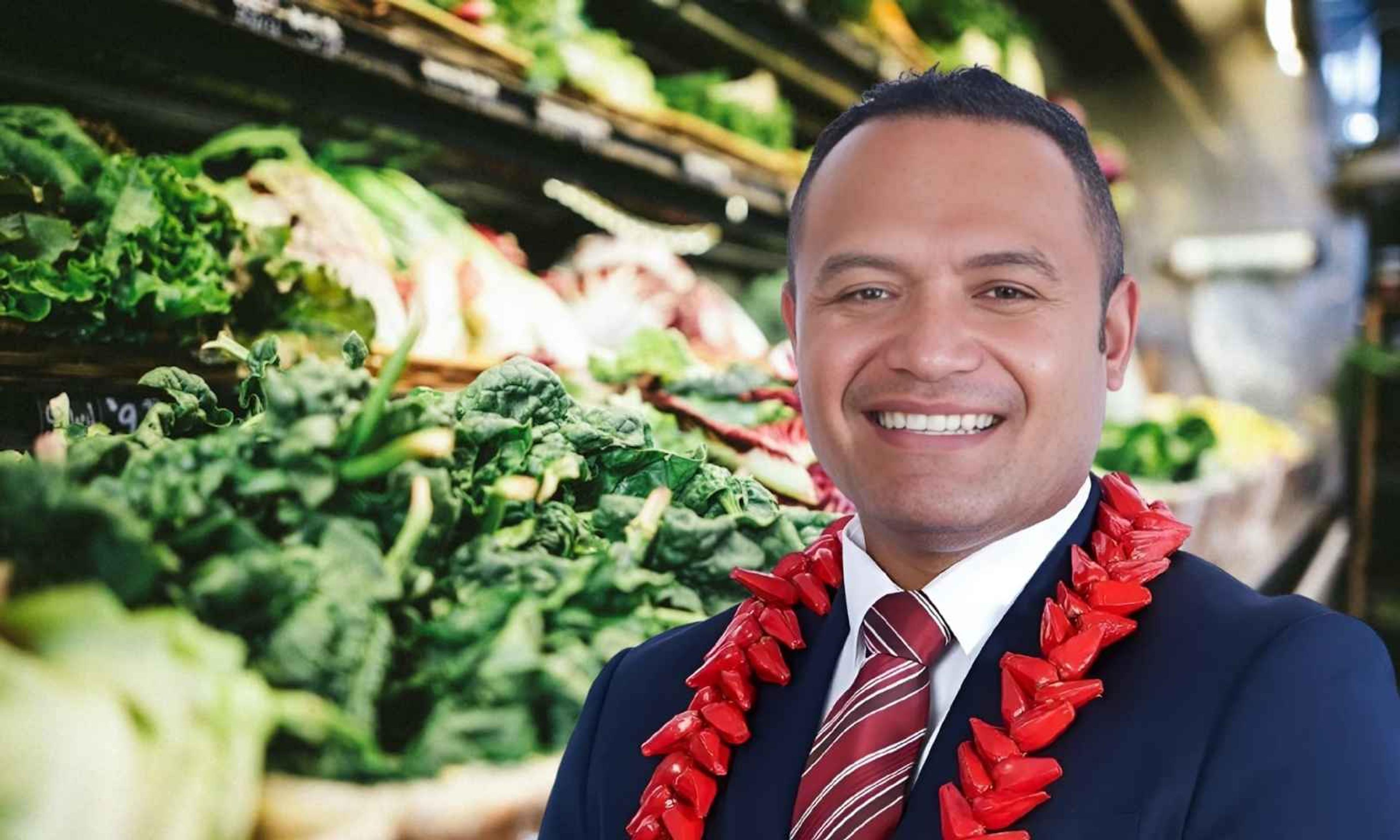
Pacific health expert calls for bold action as supermarket reforms fail to fight food crisis
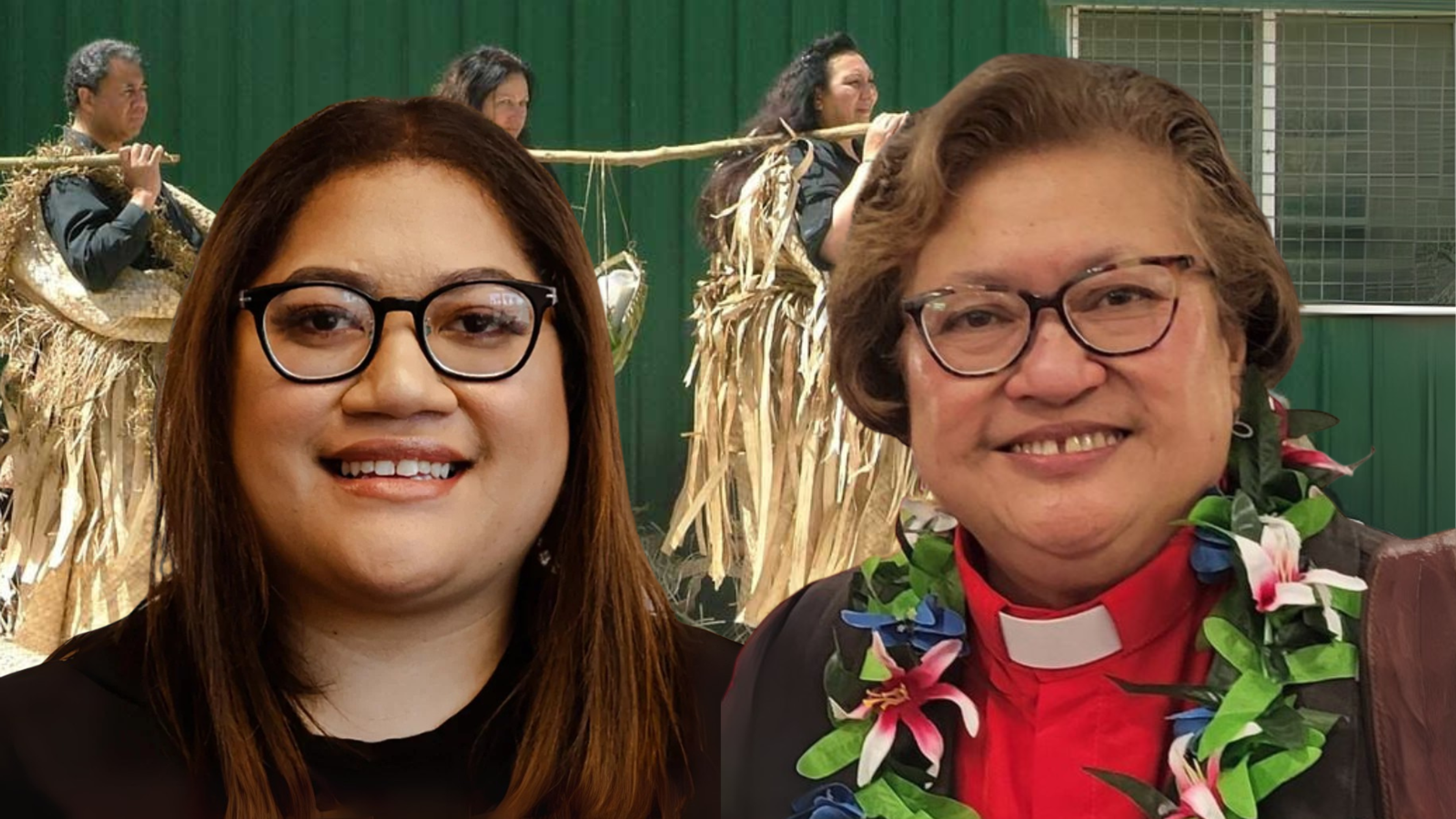
Embracing grief: The sacred space of Sāmoan and Tongan traditions in mourning

Flying Fijians soar past Manu Sāmoa and help Tonga to a RWC spot


FAST party confirmed winners with crushing majority in Sāmoa’s snap general election

Pacific health expert calls for bold action as supermarket reforms fail to fight food crisis

Embracing grief: The sacred space of Sāmoan and Tongan traditions in mourning

Flying Fijians soar past Manu Sāmoa and help Tonga to a RWC spot
Porirua City Council is set to create a memorial for more than 1800 former patients of the local hospital buried in unmarked graves. But Pacific leaders are asking to be meaningfully involved in the process, including incorporating prayer, language, and ceremonial practices.
More than 50 people gathered at Porirua Cemetery last month after the council’s plans became public, many of whom are descendants of those buried without headstones.
Daniel Chrisp, the Cemeteries manager, says it was encouraging to see families engaging with the project.
Chrisp’s team has placed 99 pegs to mark the graves of families who have come forward so far. One attendee told him that it was deeply moving to photograph the site where two relatives were buried.
“It’s fantastic that we’ve got to this point, having the descendants of those in unmarked graves encouraged to be involved,” he says.
“These plots represent mothers, fathers, brothers, sisters, children and other relatives, so it’s important to a lot of people.”
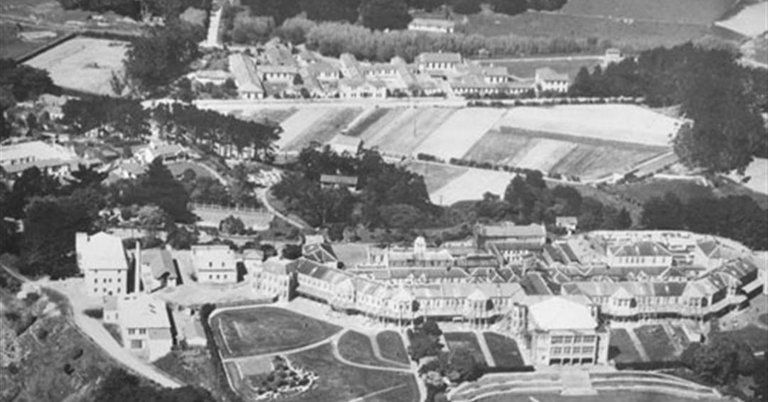
A photograph shows Porirua Hospital in the early 1900s. Photo/Porirua City Council
The Porirua Lunatic Asylum, which later became Porirua Hospital, operated from 1887 until the 1990s. At its peak in the 1960s, it was one of Aotearoa New Zealand’s largest hospitals, housing over 2000 patients and staff.
As part of the Royal Commission of Inquiry into Abuse in Care, the Government has established a national fund for headstones for unmarked graves.
Porirua City Council has applied for $200,000 to install a memorial that will list every known name.
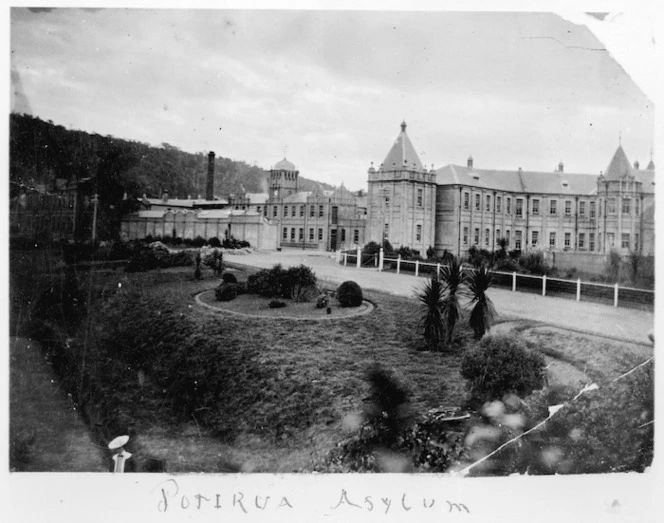
Porirua Lunatic Asylum, ca 1910. Photo/Alexander Turnbull Library.
Criticism over lack of Pacific consultation
Some Pacific community leaders say they were never consulted, despite Pacific people among the deceased.
Teurukura Tia Kekena, chairperson of the Porirua Cook Islands Association, says this is the first she has heard of the project and is concerned Pacific communities have not been included in conversations so far.
“If there was any unmarked grave and the Porirua City Council is aware of the names, I would have thought they would have contacted the ethnic groups these people belonged to,” she says. “From a Cook Islands point of view, we need to acknowledge these people. They need to be fully acknowledged.”
Kekena learned about the project only after being contacted by a reporter, despite the council’s ongoing efforts to identify names and place markers for families who have come forward.
The council’s application for funding is part of its response to the Royal Commission of Inquiry.
Kekena says it’s important how the council manages the memorial, adding that it matters deeply for Cook Islands families and the wider Pacific community, especially those with relatives buried at the site.
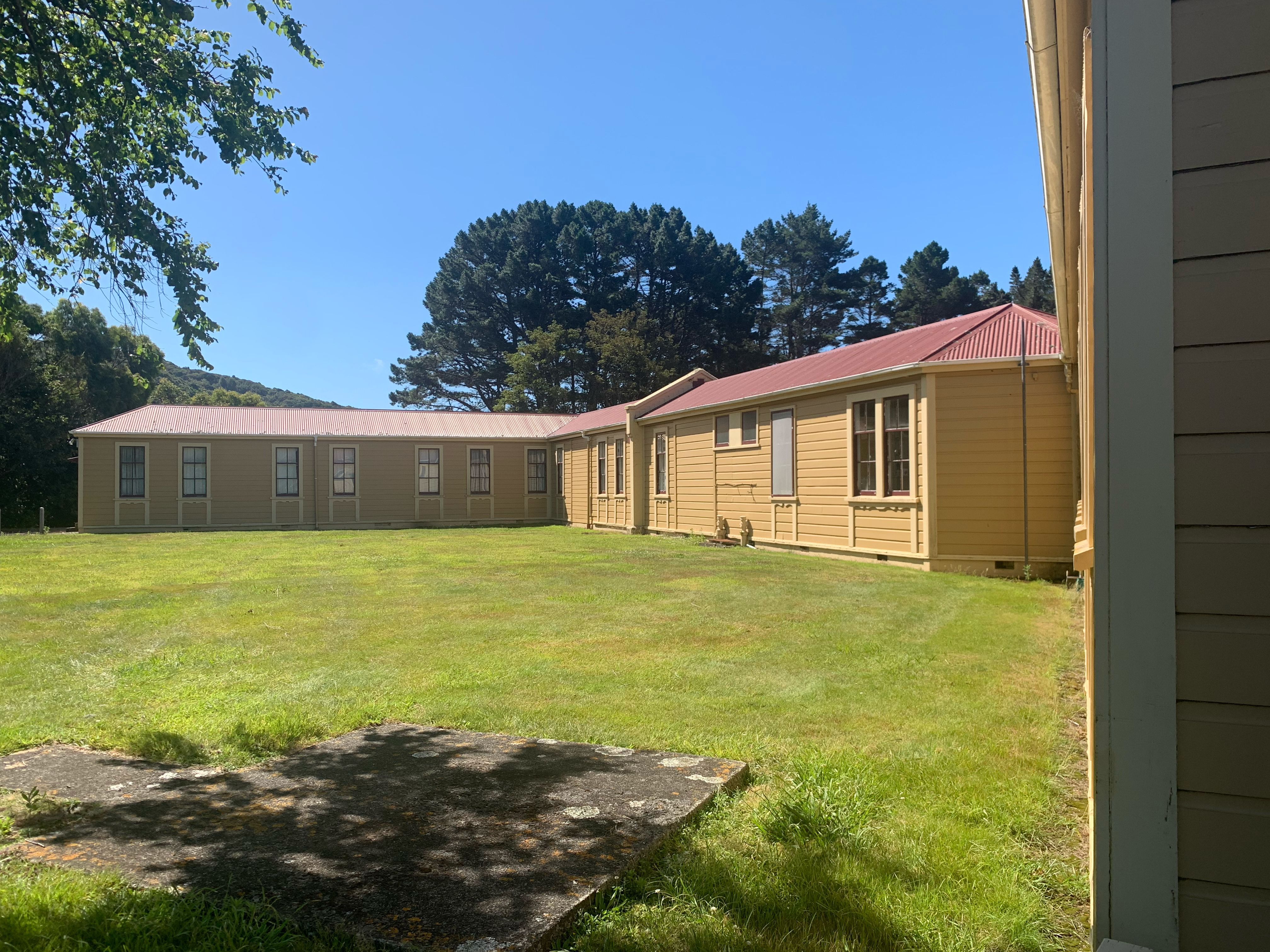
The Porirua Hospital Museum. Photo/RNZ Cole Eastham-Farrelly
She believes that a proper memorial should reflect Pacific values, particularly the importance of faith, family, and cultural protocol.
“It's huge. It’s connecting us to these people,” she says. “Just thinking about it is getting me emotional.
“Like I said, the Pākehā way of acknowledging is totally different from our way. When we acknowledge, when we go for an unveiling, it's about family. It's about family. It's about family honouring the person that had passed.
“And we do it in a way that we have a service at the graveside with the orometua [minister] present. Yeah, unveil the stone by the family, by the immediate family, if there were any here at that time.”
She also underscores the connection between remembering the deceased and healing intergenerational trauma, particularly given the site’s history with mental health.
“It helps a lot. It’s a way of healing the trauma. I don’t know how these people came to be buried in an unmarked grave, but to me, it’s like they were just put there and forgotten about. I wouldn’t like to have my family buried in a place and be forgotten.”
Kekena urges the council to work closely with the Cook Islands community moving forward and says she will bring the matter back to her association to raise awareness and check possible connections between local families and the names identified.
Yvonne Underhill‑Sem, a Cook Islands community leader and Professor of Pacific Studies at the University of Auckland, says the memorial’s emotional significance, noting her personal connection to Whenua Tapu as a Porirua native.
“In terms of our Pacific understandings of ancestry, everybody who passes away is still part of our whānau. The fact that we don't know who they are is unsettling,” she says.
“It would be a real relief to the families involved and to the generations that follow to have those graves named.”
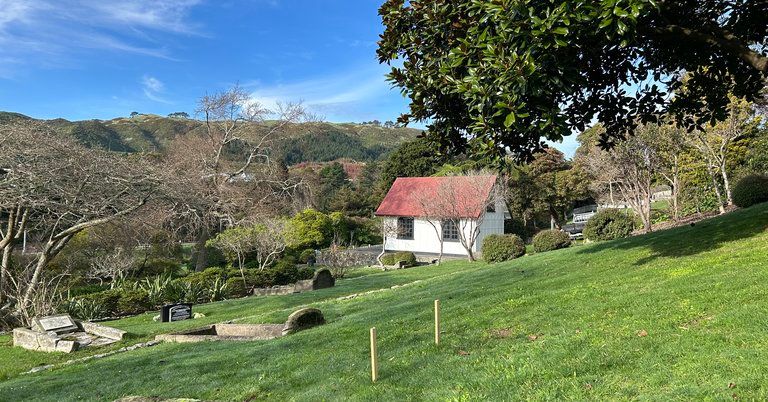
Some pegs that mark the resting places of former patients buried in unmarked graves. Photo/Porirua Council
Council response
A Porirua City Council spokesperson says they have been actively sharing the list of names with the public and encourages all communities, including Pacific groups, genealogists, and local iwi, to help spread the word. So far, 99 families have come forward.
“We would encourage any networks such as Pacific, genealogists and local iwi to share the list around for members of the public to get in touch,” the spokesperson says.
The list of names is available on the Council’s website and includes both a downloadable file and a searchable online tool here.
Porirua councillors Izzy Ford and Moze Galo, two of the three Pacific members on the council, say Pacific families must be central to the memorial process. Ford says burial sites carry deep cultural weight for Pacific communities.
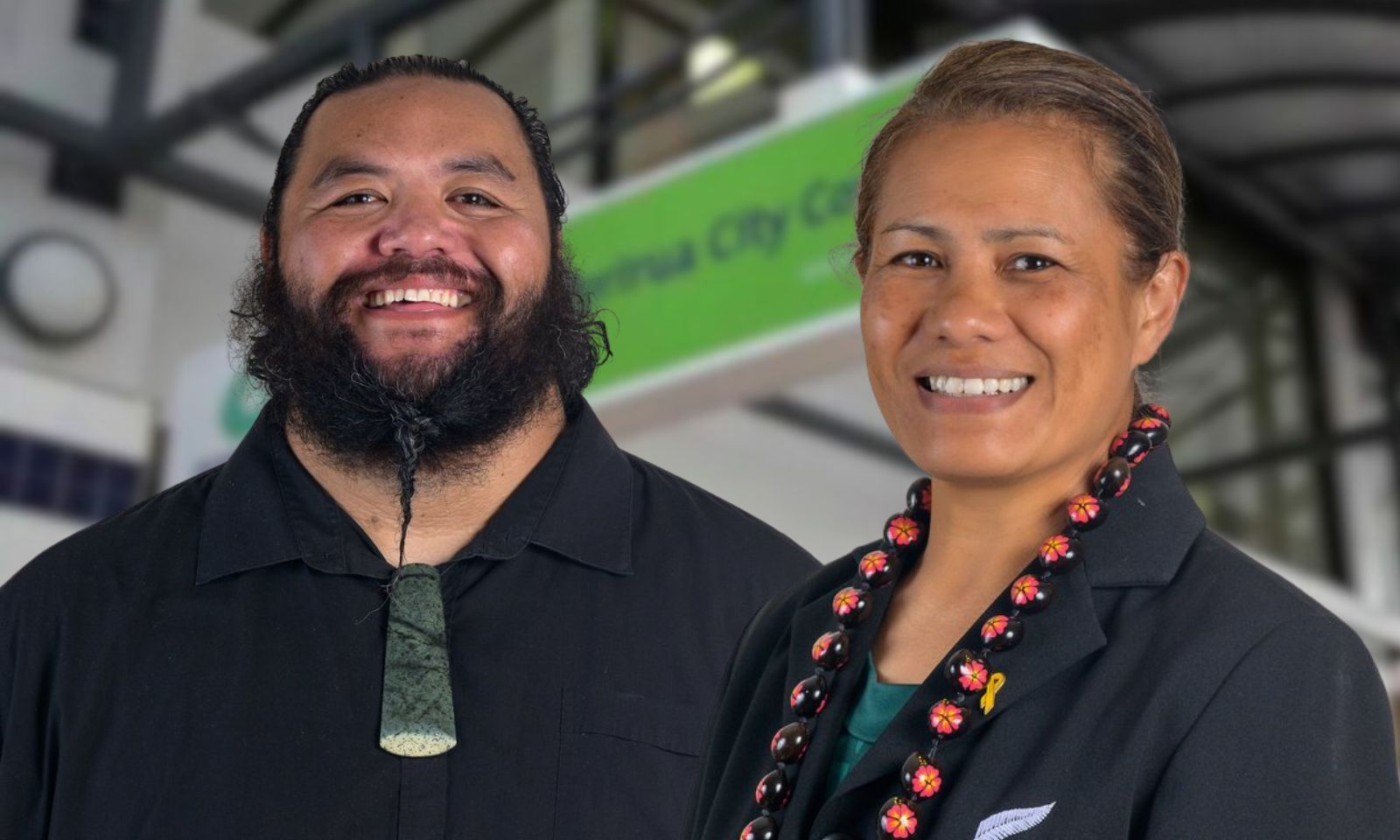
Pacific voices in council - Porirua councillors Izzy Ford and Moze Galo say the memorial must reflect Pacific values. Photo/Porirua Council/RNZ
“We know that burial sites are more than just places of rest, they are sacred spaces that hold our stories, our ancestry and dignity – they are our connection to those who came before us.”
She says public notices and websites are not enough. “If we are serious about finding the families of those buried in unmarked graves here in Porirua, we have to go beyond public notices and websites.”
Ford says government funding will be limited, and Council must work with trusted Pacific networks to reach families.
“It means partnering with groups who carry trust in our community... Pacific churches, elders, and organisations, communicating in our languages through Pacific radio, social media, community events, churches, and health providers.”
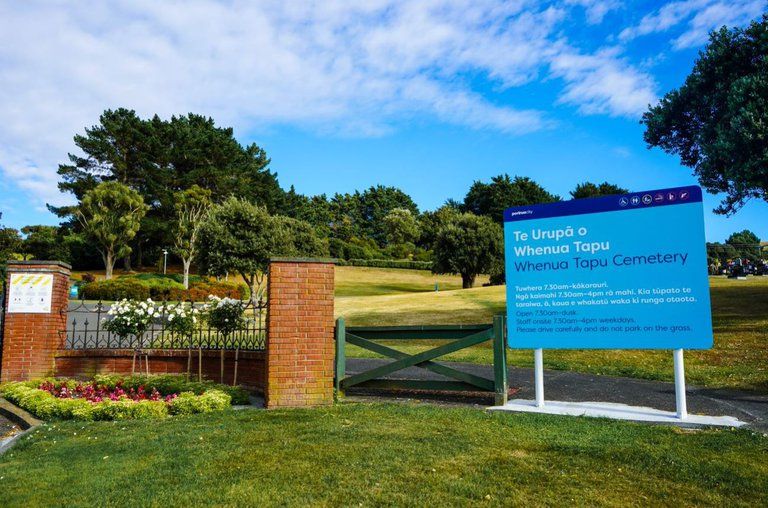
A place of memory. Whenua Tapu Cemetery is where generations of families come to honour their loved ones. Photo/Porirua Council
Galo agrees and says the memorial must reflect Pacific values in both design and feeling.
“It should feel warm, colourful, spiritual, and welcoming. Include Pacific designs, carvings, and symbols... there should be room for prayer, music, and quiet reflection,” he says.
“Being seen and heard brings healing, honour, and helps restore our connection to our ancestors. It reminds our families that we belong, that our history matters, and that our voice is valued in this space.”
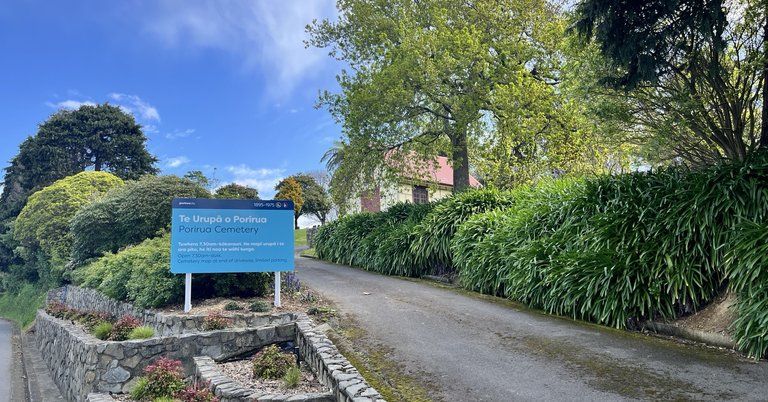
Marked with care. Ninety-nine pegs now stand where unmarked graves once lay hidden at Porirua Cemetery. Photo/Porirua Council
Galo says the work must continue beyond the unveiling.
“Community involvement shouldn’t stop after the memorial is built, we should have a role in how it’s maintained and used in the future.
“These were real people, with families, love, and lives that mattered. Some were buried without names, without ceremony, and that left a deep pain. Honouring them now is a step toward healing, and a way of saying, you were never forgotten.”
Members of the public who recognise a family name on the list are encouraged to get in touch by emailing cemeteries@poriruacity.govt.nz.
LDR is local body journalism co-funded by RNZ and NZ On Air.